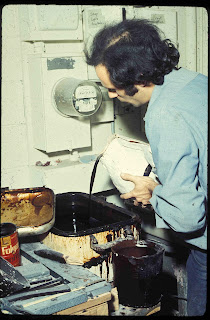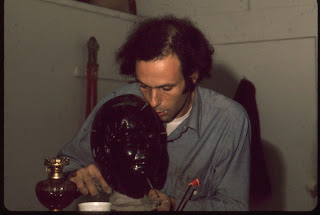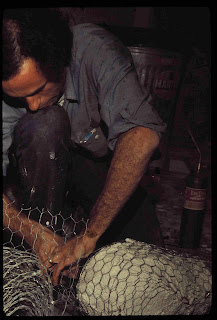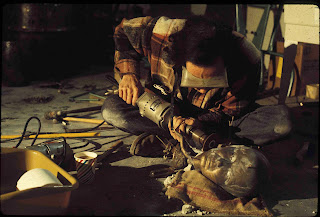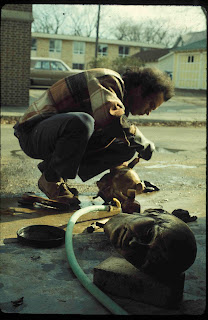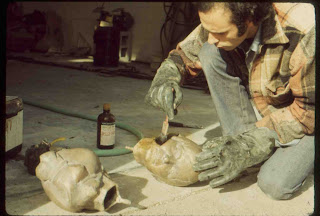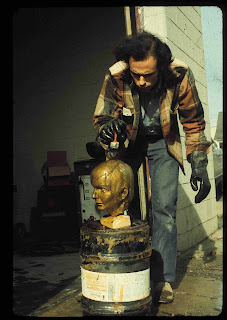“I believe the hardest part of learning to make sculpture is learning how to look, trying to understand what is seen, and how these perceptions are influenced by what we know (or think we know) and by our memory. This perception and knowledge and memory of the observed world, and of the art of the past and present, all come together in the making of each sculpture.”
In wood and in clay, Jonathan Shahn makes heads and figures whose influences span ancient to modern art, Egyptian reserve heads to Marino Marini and beyond. In this four-minute video, Shahn, who shows often and widely, talks about his work at a 2011 exhibition at Drew University's Korn Gallery.
Just 38 seconds long, this video offers a brief glimpse into Shahn's weekday morning sculpture class at the Art Students League of New York. Shahn, who has also taught at the Tyler School of Art in Rome, Boston University and the Maryland Institute, has been teaching at the Art Students League for over 20 years.
Photo from logosjournal.com
Quote from artstudentsleague.org



